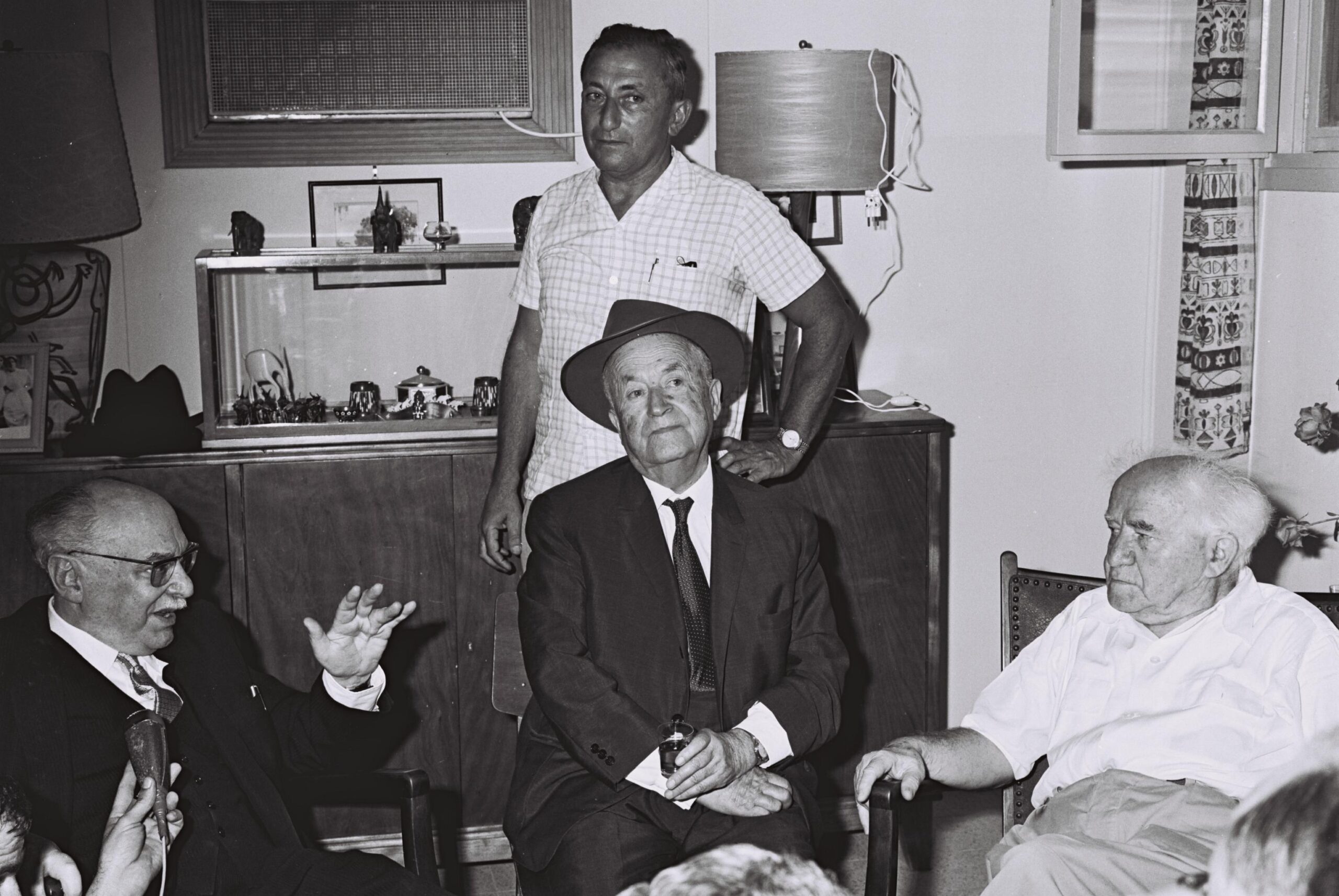Nobel Prize-Winning Author Shmuel Yosef Agnon Is Born

July 17, 1887
Shmuel Yosef (“Shai”) Agnon was awarded the Nobel Prize in literature in 1966. He was the first Israeli to win a Nobel Prize and remains the only Hebrew writer to receive this award in literature. He was born in Buczacz, Galicia, a region that became part of Ukraine. Although his birthday was officially recorded as July 26, he insisted he was born on Tisha b’Av, which fell on July 17 that year.
Raised in an Orthodox Jewish family, he studied rabbinic texts with his father and secular German literature with his mother. Although his early works were written in Yiddish, most of his literature was written in Hebrew. He immigrated to Palestine in 1907 and lived in Jaffa, where he became secular and eventually gave himself the name “Agnon” after one of his own stories, titled “Agunot.” “Agunot” are Jewish women who lead solitary lives, unable to remarry because their estranged husbands will not grant them a divorce. Agnon identified with this sense of being enchained and caught in limbo between two worlds. After six years in Palestine, Agnon left and lived in Germany from 1913 to 1924. There he joined a community of prominent and influential, religiously non-practicing Jewish intellectuals, including philosophers Martin Buber and Franz Rosenzweig, publisher Zalman Schocken and Kabbalah scholar Gershom Scholem. When he returned to Jerusalem in 1924, Agnon became a practicing Orthodox Jew once again.
Agnon’s fiction is pervaded by an overwhelming sense of loss for shtetl[1] life that was largely destroyed by state-sponsored pogroms and by the Nazis, combined with an exhortation for Jews to immigrate to Israel. It is peppered with allusions to Biblical and religious texts. His sophisticated language and tone bear the mark of these religious texts and Hasidic folklore was a favorite subject. Twice in his life, once in Germany and once in Jerusalem, Agnon was devastated by the loss of his personal library by fire. All-consuming fires and burned book collections are recurring motifs in his fiction. Prone to mythologizing in life as in fiction, Agnon liked to claim that his libraries were destroyed on Tisha b’Av, the 9th of Av, a Jewish holiday commemorating the destruction of the Temple in Jerusalem.
Agnon died in Jerusalem in 1970. Today, his house in the Talpiot neighborhood of Jerusalem is a museum and is open to visitors.
[1] “Shtetl” is Yiddish for “small town.” According to Yivo Enclyclopedia,The Yiddish term for town, shtetl commonly refers to small market towns in pre–World War II Eastern Europe with a large Yiddish-speaking Jewish population. While there were in fact great variations among these towns, a shtetl connoted a type of Jewish settlement marked by a compact Jewish population distinguished from their mostly gentile peasant neighbors by religion, occupation, language, and culture. The shtetl was defined by interlocking networks of economic and social relationships: the interaction of Jews and peasants in the market, the coming together of Jews for essential communal and religious functions, and, in more recent times, the increasingly vital relationship between the shtetl and its emigrants abroad (organized in landsmanshaftn).